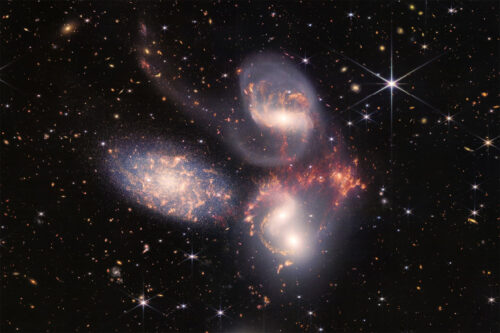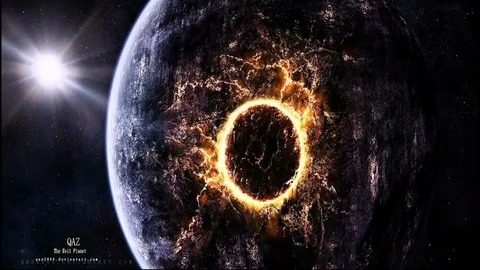
Outer space, with its vastness and ominous possibilities, has the power to evoke fear in anyone.
The concept of an infinite, desolate expanse, coupled with the existence of black holes capable of obliterating matter and enigmatic exoplanets seemingly out of reach, can leave people unsettled.
This article delves into the intriguing details of six exoplanets that bear an uncanny resemblance to hell, presenting their inhospitable conditions and eerie characteristics.
-Corrose 7Ƅ: The Rain of Rocks
Corrose 7Ƅ, the first planet on our list, is an extraordinary exoplanet where rocks perpetually rain from the sky.
With surface temperatures reaching a scorching 4,700 degrees Fahrenheit, this rocky planet is inhospitable and devoid of life due to its proximity to its star.
It is perpetually locked in a position where one side faces the host star, while the other remains frigidly cold.
-J1407Ƅ: The Massive Ringed Giant
J1407Ƅ, the second planet examined, is a colossal gas giant encompassed by an astonishing system of 30 rings spanning over 110 million miles.
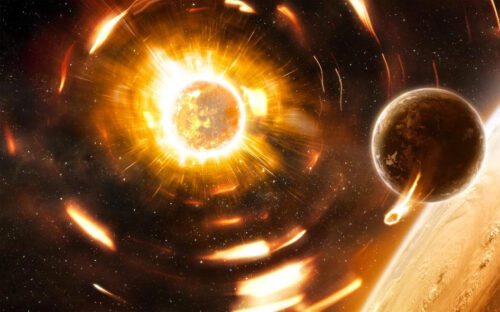
These rings likely formed due to the destruction of its satellites. The planet’s mass, estimated to be 10 to 40 times that of Jupiter, has led to theories suggesting it might be an incomplete star or a failed brown dwarf.
-Trappist-1e: The Lonely Twilight Zone
Located 80 light-years from our sun, Trappist-1e is one of the loneliest objects in the universe. Devoid of a sun-like star, it endures perpetual darkness and chilling temperatures.
However, its atmosphere presents a glimmer of hope, potentially harboring conditions that could support life.
-WASP-12Ƅ: The Scorching Inferno
Situated approximately 600 light-years away, WASP-12Ƅ is a blistering exoplanet with surface temperatures intense enough to vaporize metals. Its proximity to its star allows it to complete an orbit in a mere 26 hours.
-KELT-9Ƅ: A Fiery Furnace
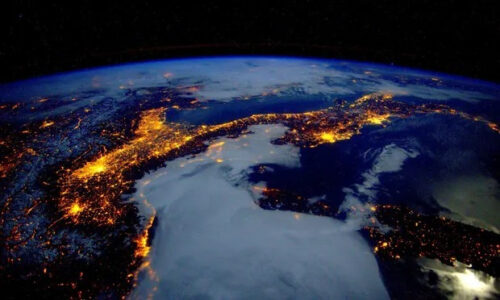
KELT-9Ƅ, located roughly 620 light-years from Earth, is a searing exoplanet with a temperature exceeding 7,800 degrees Fahrenheit, surpassing the heat of some stars.
Orbiting a host star twice as hot as our sun, it presents a hostile environment for any form of life.
-HD 189733Ƅ: The Blue Windstorm
HD 189733Ƅ, a distant blue exoplanet located approximately 63 light-years away, boasts hurricane-like winds reaching speeds of up to 5,400 miles per hour—seven times the speed of sound.
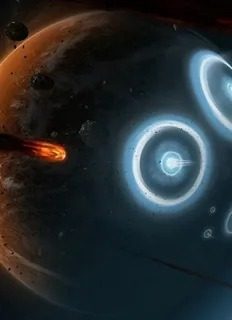
With a host star smaller than the sun, it offers a breathtaking spectacle of nature’s might.
These six exoplanets provide a glimpse into the terrifying realms of outer space, showcasing extreme conditions that challenge our understanding of the universe.
As we uncover more about these hostile worlds, they remind us of the delicate balance that sustains life on our own planet.
Exploring the frontiers of space allows us to appreciate the unique environment Earth provides and fuels our curiosity to unravel the mysteries of the cosmos.
